by Fulcrum Gallery Staff
8. January 2015 13:11
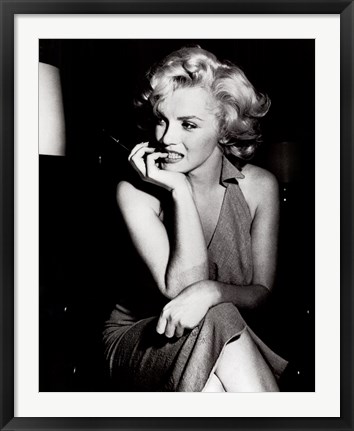
Black & white photography is timeless. It adds depth to its surroundings and can bring an instant element of class and elegance to a room. However some people shy away from the idea of using black and white photos for decorating, afraid it will look dull and lack creativity. This could not be more untrue. Black and white is the perfect medium for decorating with pictures in any room in the house; even a child’s bedroom. The key is in knowing how to use it.
Tips for decorating with black and white photography:
Tip 1: Black and white photos are ideal for decorating brightly colored walls because they won’t conflict with the surrounding color. Use the same frame style and color for every picture to prevent competition, while drawing one’s eye to the subject of the photo. Solid black or white frames with white matting work well with vivid backgrounds.
Tip 2: Adorn a child’s room with black and white prints of a subject they love. Baseball fans will be thrilled by the variety of vintage shots featuring famous sluggers and well-known stadiums. For a child who adores animals, black and white pictures of puppies, kittens or horses play well against pale blue or pink walls.
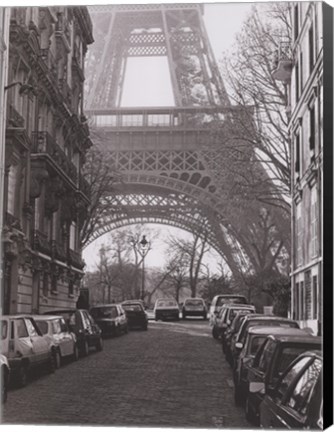
Tip 3: Teenage girls enjoy themed decor such as Paris, glamorous movie stars or dance. Paired in brightly colored or black frames against white or cream walls, black and white photos will blend in beautifully with her inspiration.
Tip 4: Neutral colored walls in a living space form the perfect pallet for black and white art. Photos of the beach or ocean framed in distressed white, light blue or natural wood give a special touch to a coastal themed room. A more modern and chic look can be achieved by combining photos in both black and white frames in a beige room with white trim and shelves and black wrought iron wall hangings, candle holders and lamps.
Black and white photos can be dramatic, playful, elegant or glamorous, bringing tremendous beauty and infinite possibilities for decorating to a home. Consider the possibilities in your own home and then browse our large selection of black and white photography.
Tags: black and white art, black & white art, art by color, art for kids, Art Gallery, Art Gifts, art on canvas, art print, art prints, black art, black frame art, business decor, canvas art, canvas transfers, children's art, custom canvas, custom framing, custom framed canvas, custom gifts, fine art, featured artwork, framed, framed art, framed black and white gifts, framed photography, framed vintage photography, framed vintage art, framed vintage posters, Fulcrum Gallery, Gifts
Black & White | Canvas Art | Featured Color Art | Photography | Vintage Art
by Fulcrum Gallery Staff
9. December 2014 13:14
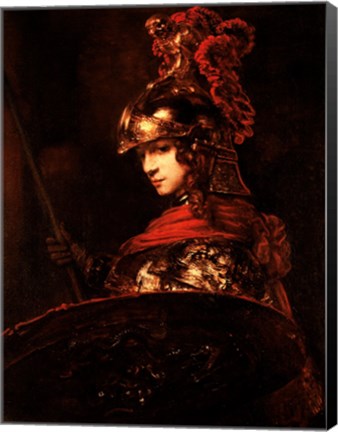
Vincent Van Gogh is undoubtedly one of the greatest Dutch painters after Rembrandt. Born in 1853 in the Netherlands to a minister and a bookseller’s daughter, Van Gogh dabbled with various vocations including art dealer and clergyman before deciding he wanted to become an artist at the mature age of twenty-seven. Within 10 years, before he died of a self-inflicted wound to his chest, he produced over 2,100 pieces of works, mostly watercolor and oil paintings. In his lifetime, he sold just one painting, but he became posthumously famous when his sister-in-law took it upon herself to promote his art. Now, several of his paintings are ranked the most expensive in the world. If you’ve always loved Van Gogh’s paintings, here are some categories where he distinguished himself as an artist.
Style
Although Van Gogh had some formal art training, most of it was self-taught. His bold lines and an eye given to beauty and light gave brilliance to his artwork. Inspired and moved by light and color, he was able to produce stunning pieces of work depicting flowers, landscapes, portraits and architecture. Whether it is the Starry Night or Sunflowers or Café Terrace, they all possess rich tones and hues, with a flow that only a genius can create.
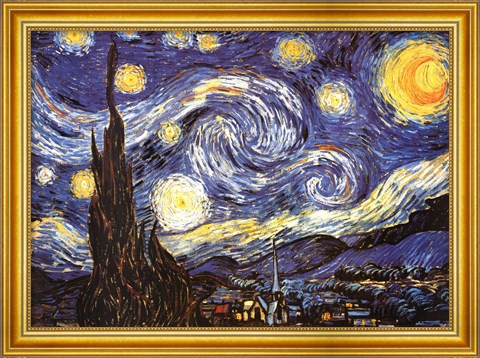
Subjects
What is mundane to people became a subject of study for Van Gogh. He was able to capture the ordinary and elevate it to a higher plane by his renditions. Examples include paintings of railway station, gasworks and nursery gardens. These ordinary settings come alive with his brilliant depth of colors and his ability to create movement across the page. During his confinement in a hospital, he took to painting his surroundings. Popular pieces like cypress trees, olive grove and wheat field came from that period.
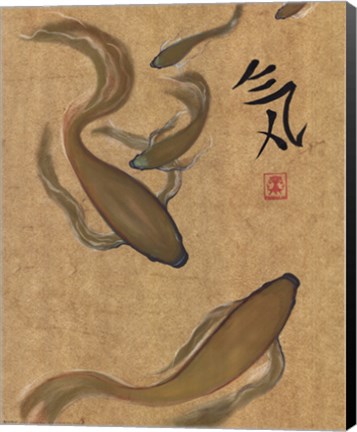 Japanese Influence
Japanese Influence
Many artists of his time became fascinated with Japanese paintings, Van Gogh included. He first saw Japanese prints in 1885 in Antwerp and became drawn to how simplicity of lines can be so profound when rendered with ease. He became an ardent fan of Japanese prints and reproduced some of Hiroshige’s work. Blossoming Almond Tree becomes one of the best known paintings from that influence.
Tags: canvas art, framed art, gold framed art, art by style, Van Gogh art, Vincent Van Gogh, Vincent Van Gogh paintings, art by color, Rembrandt art, framed Van Gogh art, Japanese influence art, Japanese art on canvas, Van Gogh art gifts, fish art, cultural art
Canvas Art | Featured Artist

